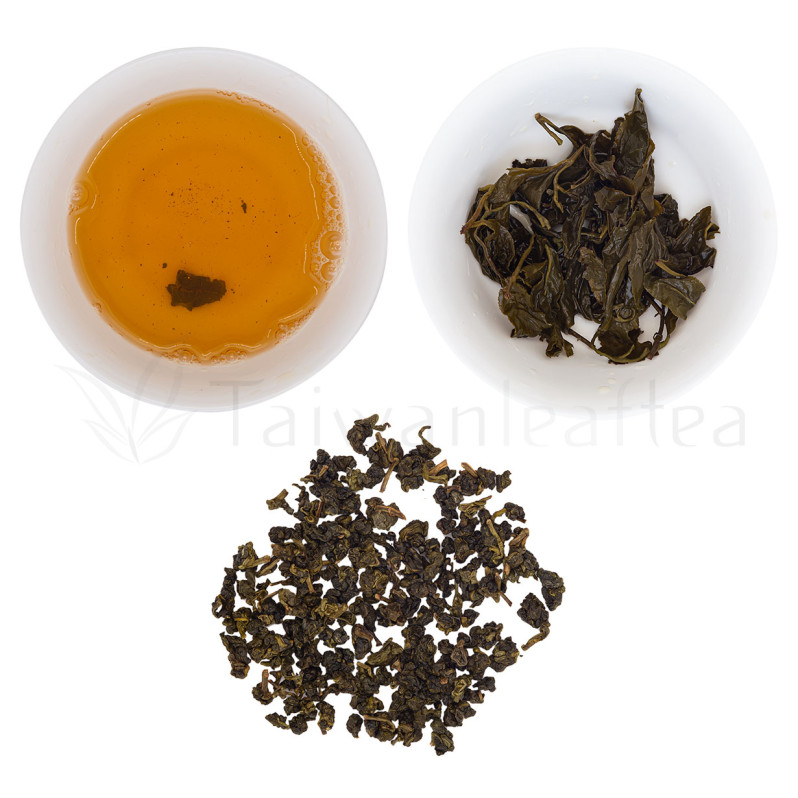
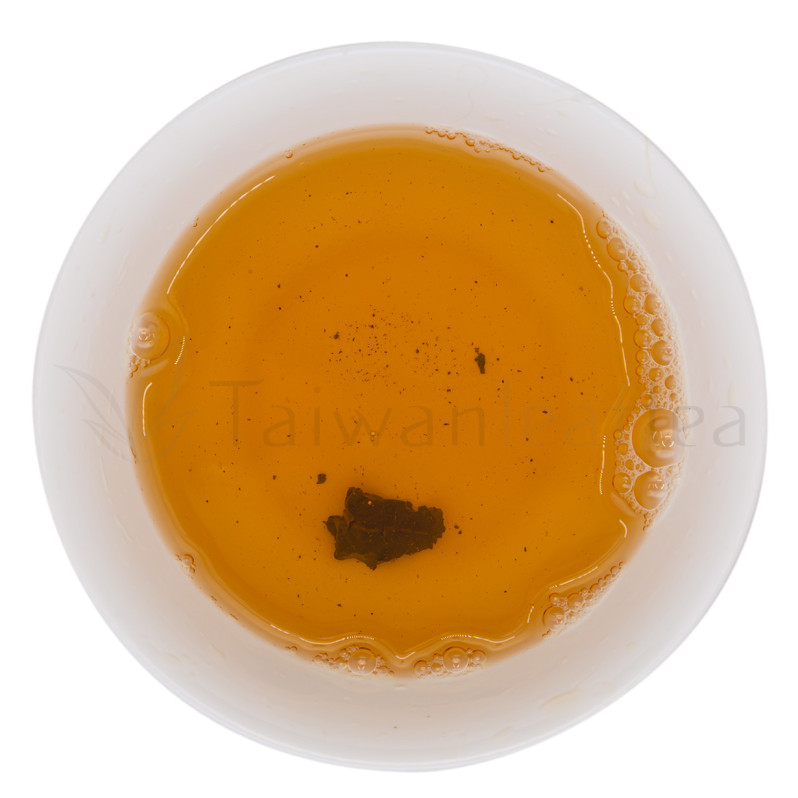
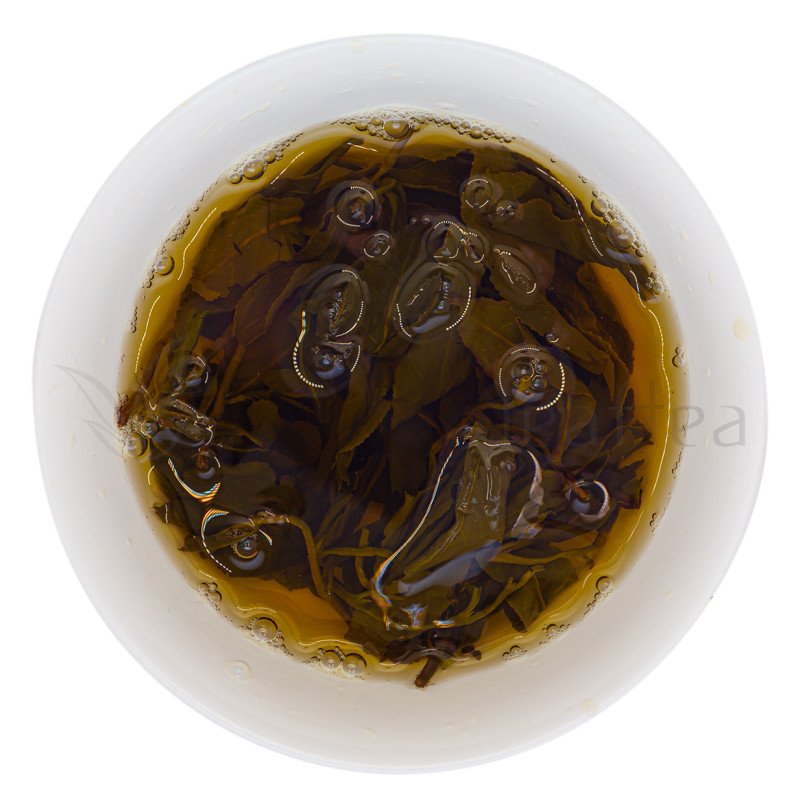
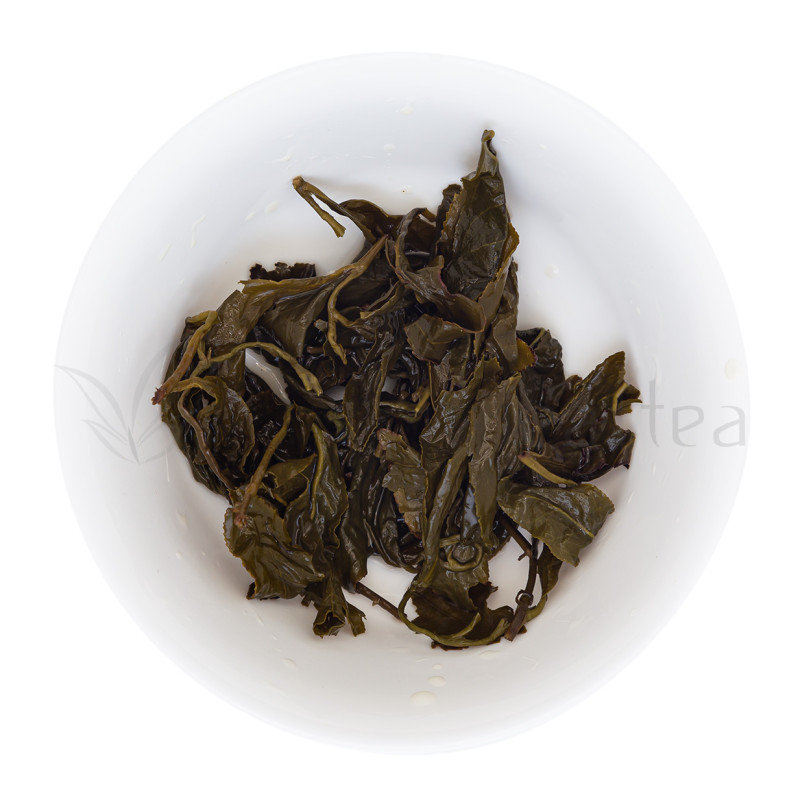
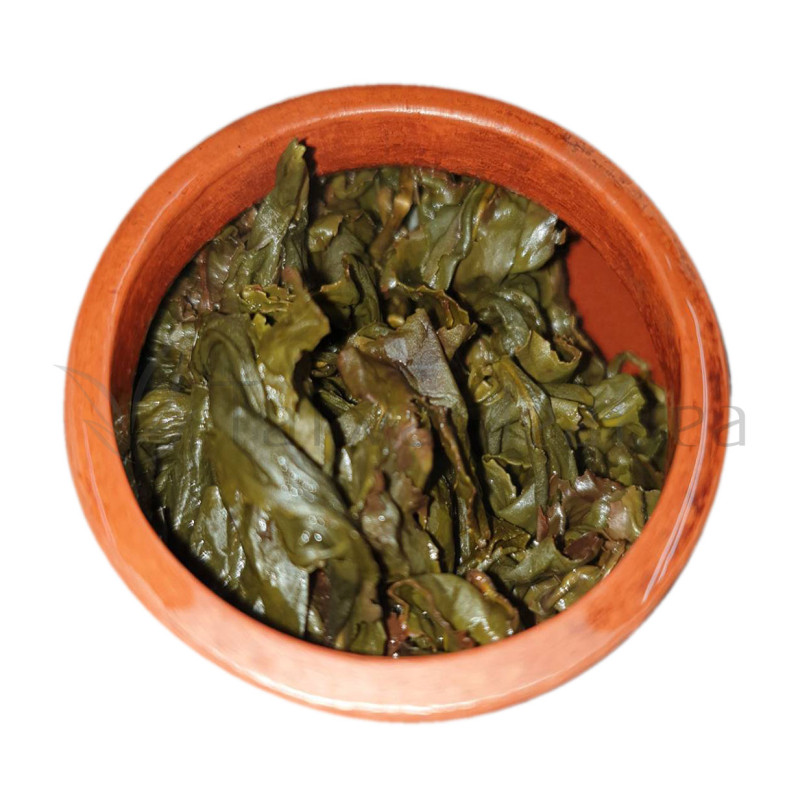
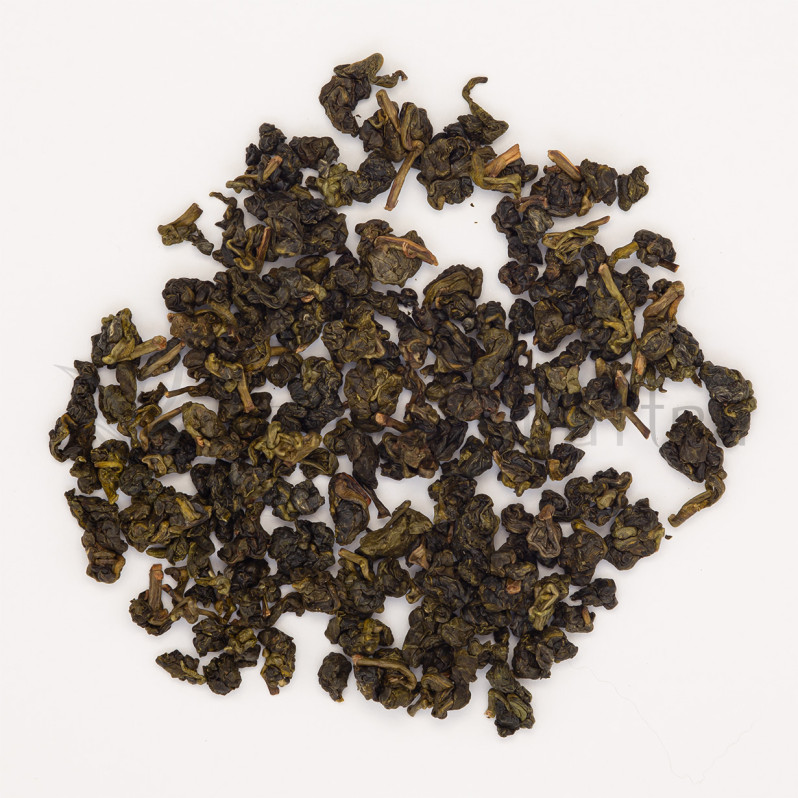
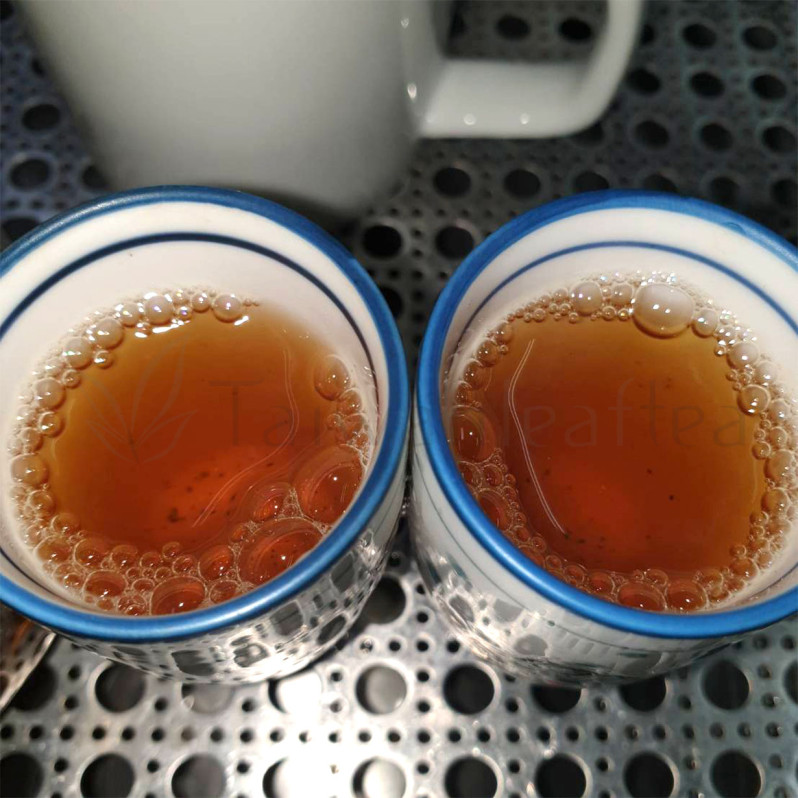
30 Years Aged Oolong Lao Cha (30老茶)
- Region: Nantou County
- Harvest: 1995
- Availability: In Stock
- $84.00
Available Options
30 years Aged Oolong Lao Cha (Lord of Old Tea) is a rather unusual Taiwanese oolong. Its main difference is that after collecting the tea, an aging procedure is carried out, which consists in alternating the stages of roasting and cooling the tea leaf. As a result, the color of the tea leaves becomes darker and the aroma is thicker, denser and deeper. Then it is aged in clay pots, with annual roasting to remove excess moisture.
To make this tea, it is taken Dong Ding, which grows in the town of Lugu in Nantou County.
Tea has a beneficial effect on the body, improves blood vessels and brain activity, and improves vision.
Only aged tea could appear such bubbles in tea, as it has more Saponin. Saponins (Latin “sapon”, soap + “-in”, one of), also selectively referred to as triterpene glycosides, are bitter-tasting usually plant-derived organic chemicals that have a foamy quality when agitated in water. Saponins promote cardiovascular health due to their ability to lower cholesterol and body fat levels, have beneficial effects on your body weight. Saponins exhibit antimicrobial properties, guarding your body against fungi, bacteria and viruses. These plant chemicals have long been studied for their ability to induce cancer cell death and improve immune function. They also fight free radical damage, which is a risk factor for cancer. In lab studies, these compounds have been shown to destroy leukemia cells and keep them from spreading throughout the body.
Leaves: leaves are green or greenish-brown in color, rolled into small balls that straighten out when brewed.
This is an anaerobically fermented aged tea, with dry leaves that naturally range in color from green to greenish-brown. These variations are a normal result of the aging process and do not affect the tea’s quality or flavor.
Taste
The infusion of tea changes with each subsequent brew, starting from a brownish-yellow and ending with a darker shade. The taste is deep, floral-fruity, slightly woody, slightly spicy. After 5-6 infusions, the tea taste is fully revealed and you can feel chocolate and caramel notes, mixing with a cherry-honey tint.
Brewing
You can use any kind of tea pot, but clay tea pot suits much better.
Warm up the tea pot with the boiling water, put in no more than 2 grams of tea leaves, pour in a little hot water and drain immediately. Add 225-250 ml hot water Warm up the tea pot with the boiling water. It is advisable to keep warm during brewing (cover with a towel, put a candle near the pot).
The water temperature must be at least 95°C (203°F). Increase the brewing time with each subsequent brew. The same brew can be used up to 10 times. The leaves should open fully, then you will get the maximum taste and aroma.
If you want to have stronger taste and darker color (like on the last photo), you can try traditional Taiwanese recipe, which is described in our blog.
Additional information
This is light baked aged oolong and the color and taste us not so strong and dark as in black or high roasted teas. In you want to get more saturated infusion and strong taste you should increase quantity of dry leaves and brewing time.
This is one of the traditional ways of brewing. Depending on individual gustatory preferences you can vary brewing time from 35s to 5 minutes.
You can also use Chinese traditional way of brewing - spilling, using Gaiwan and brew for 3-5 second each time.
Please note, that it is natural tea with high content of active elements, including caffeine, and minerals and some unusual feelings could appear. In that case we recommend decrease quantity of dry leaves and brewing time.
Considering its long aging period, I expected a more robust and pronounced flavor profile. Instead, the tea appeared milder than anticipated. The subtlety of the taste, while undoubtedly refined, left me wishing for a bit more intensity.
That said, the tea did offer a complex and layered experience, with hints of woodiness and gentle earthy undertones. It's a tea worth savoring slowly to fully appreciate its nuances, even if it didn't quite meet my expectations in terms of strength. It's a fine choice for those who prefer a milder, aged oolong.
Write a review
Related Products
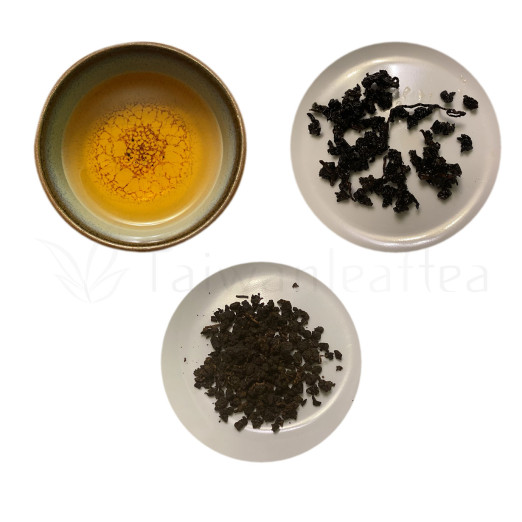
5 Years Aged Oolong Lao Cha (老茶)
Aged Oolong Lao Cha (Lord of Old Tea) is a rather unusual Taiwanese oolong. Its main difference is t..
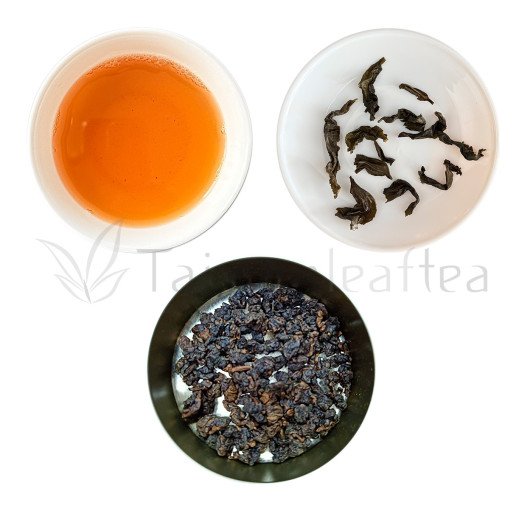
Mi Man Aged Tie Guan Yin Oolong (彌滿老茶)
This tea is the highest grade of Tie Guan Yin (Tieguanyin). Tea Master, who produces this oolong, na..
From our blog
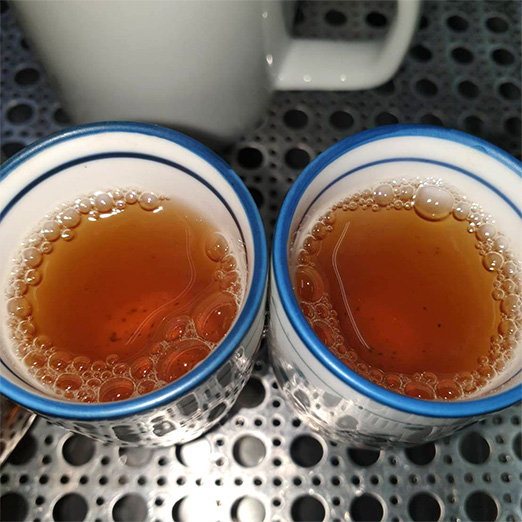
How to brew aged oolong tea (Taiwanese recipe)
How Taiwanese people brew aged tea to get dark brew and get more taste. Recipe from our tea boss.
